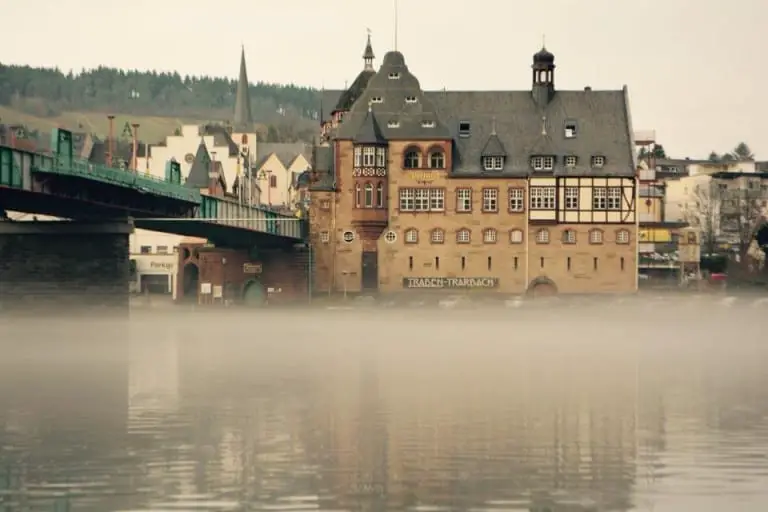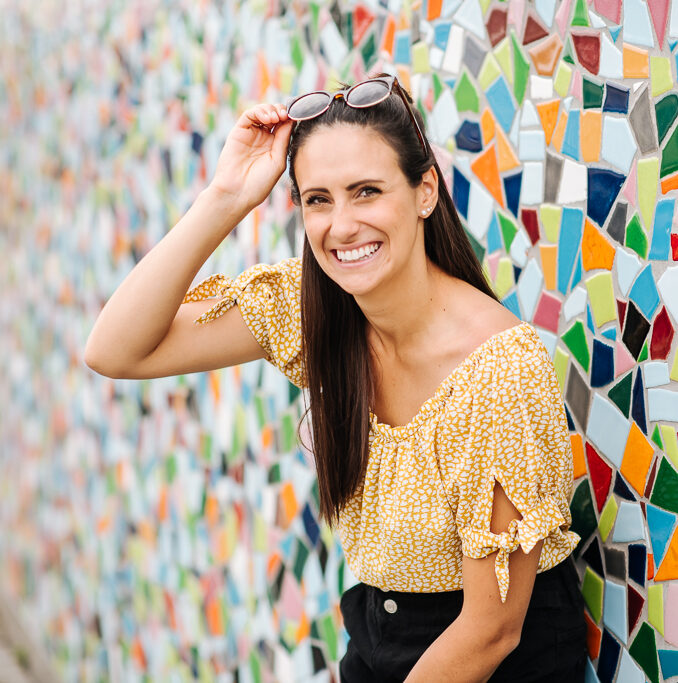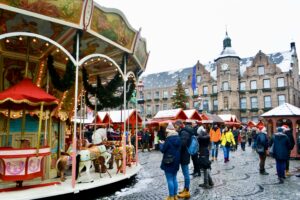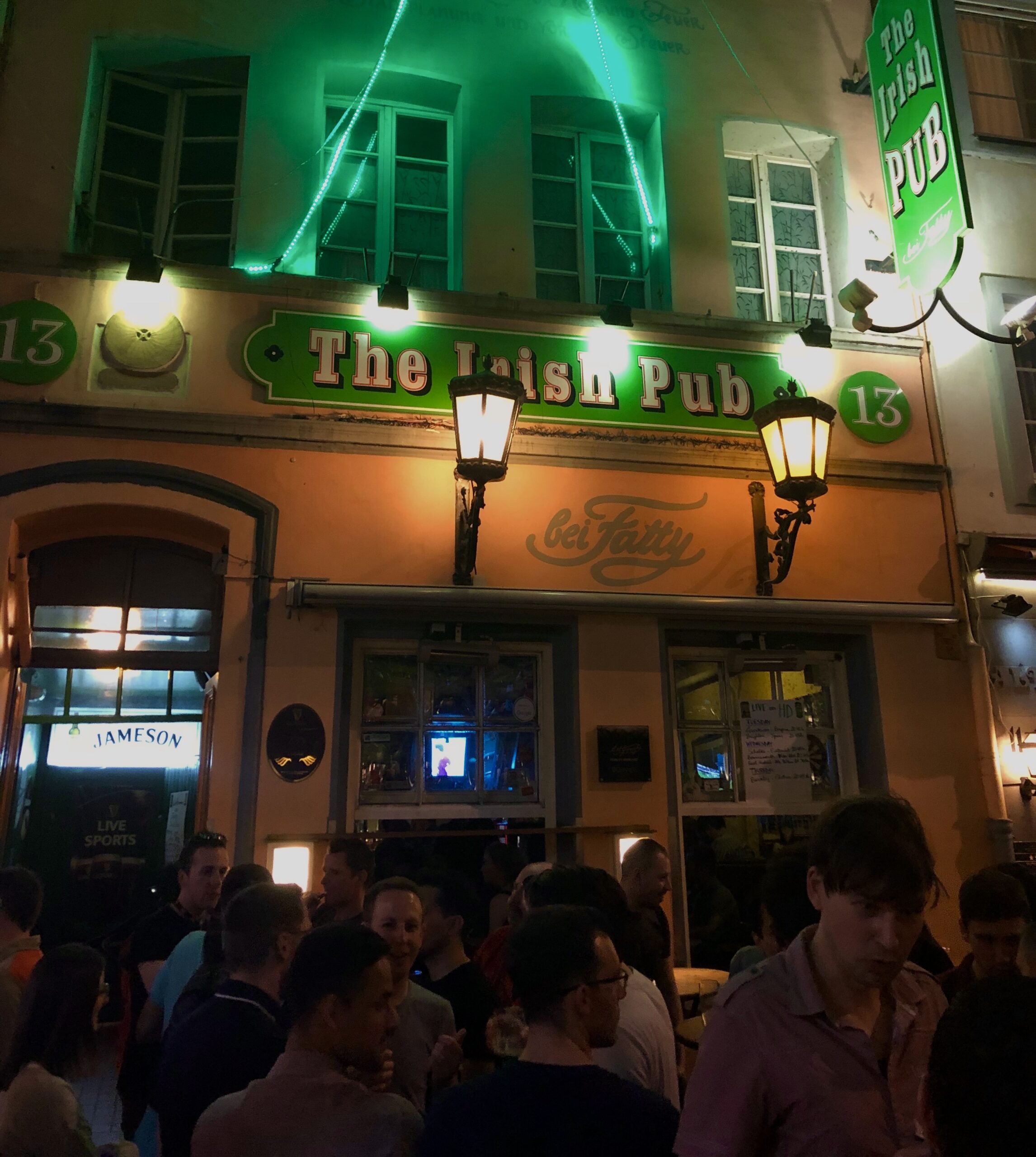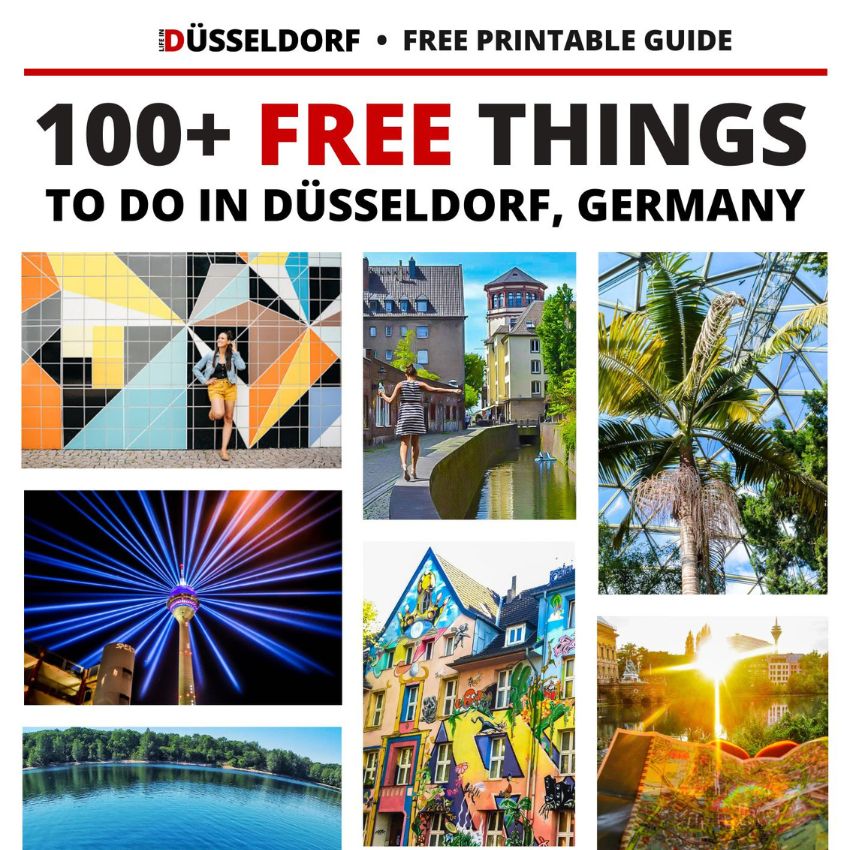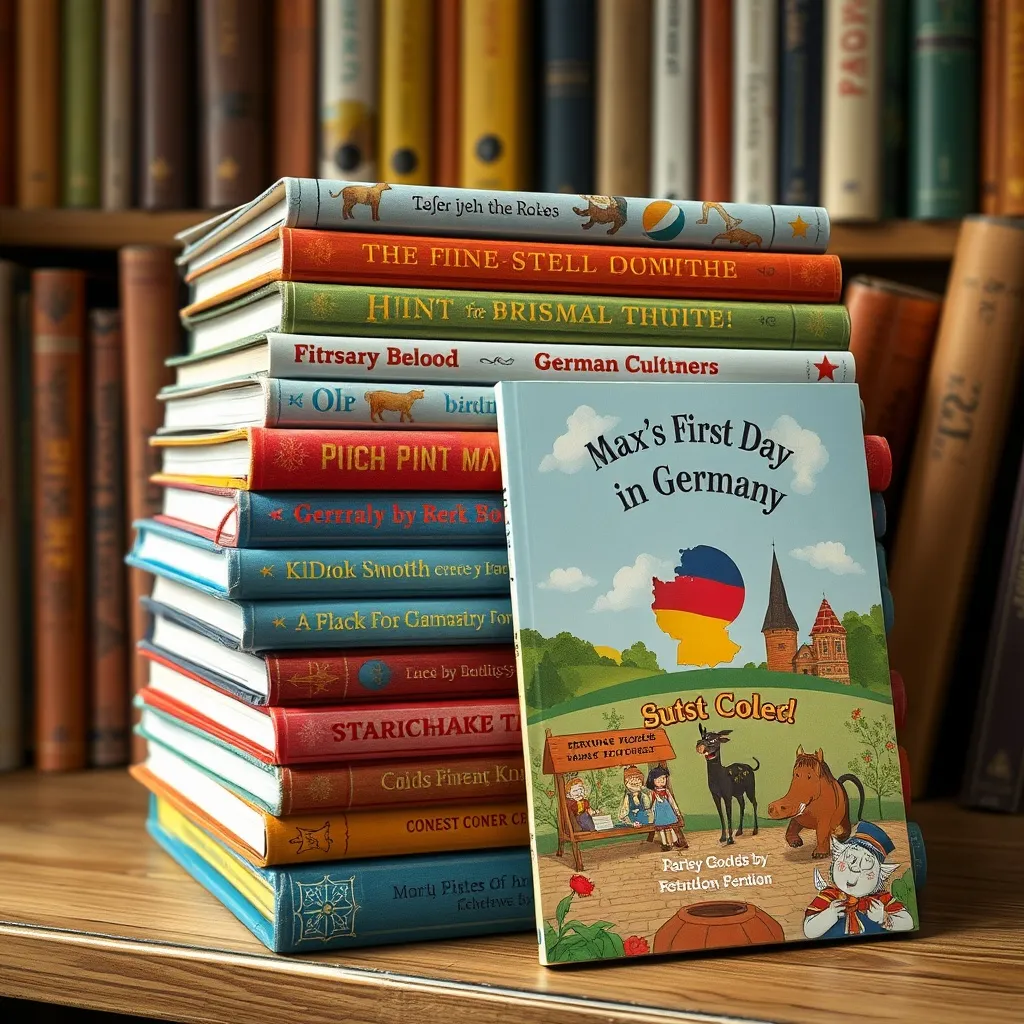“Everything happens for a Riesling!” declared my friend with glee as the train slowly meandered away from the platform at Dusseldorf Hauptbahnhof. It was the first truly warm weekend of the summer and we had decided to travel to the beating heart of Germany’s wine region – the Mosel Valley. Equipped with Factor 50 and a thirst that could only be quenched by the region’s speciality, the Riesling, we enjoyed days of tranquillity away from the hustle and bustle of Duesseldorf’s city centre.
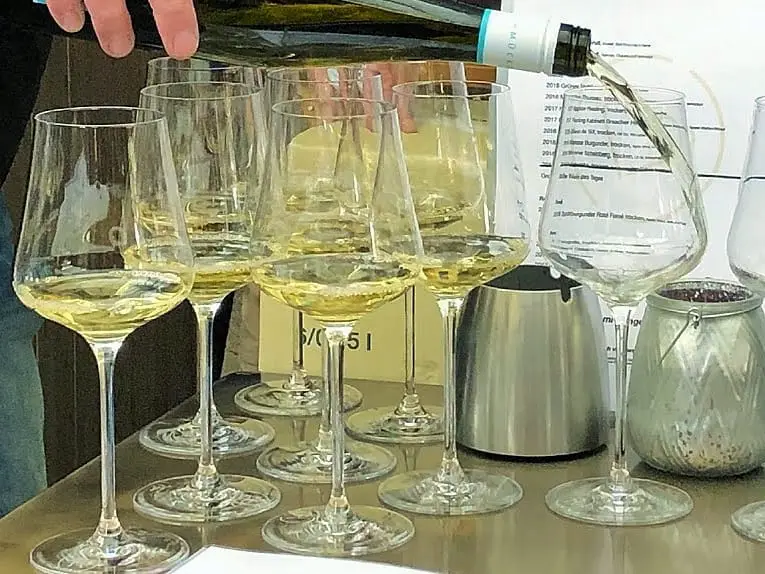
The Mosel Valley is a region in the South West of Germany, centered around the valley created by the river. The Mosel itself is a tributary of our beloved Rhine and the region is one of the 13 German wine regions. It is the third-largest in terms of production of wine, but notably is the most well-known region for wine production in Germany. The rolling hills that surround the river are dotted with vineyards and the region is characterized by charming villages that link together along the beautiful riverbank.
While there are many ways to explore the Mosel Valley, we enjoyed our visit via train, bus, and footpaths, a pleasant and relaxing way to enjoy the delicious wine and beautiful hiking paths that the Mosel Valley has to offer.
If you have a vehicle and want to make it a road trip, then check out our Weekend Getaway Guide to Exploring the Castles of the Mosel Valley.
How to get there
By train, we traveled first to Bernkastel-Kues. This became the hub of our trip, a larger town with a long bridge spanning the width of the river and dividing the area in two.
In order to find a suitable route, this required some innovative searching on the Deutsche Bahn website as there are no direct links. This is a journey that requires several changes – we opted to travel to Konstanz, then dashed to our connecting train to Wittlich HBF. There is then a local bus that travels to Bernkastel-Kues (Station: Kues Forum which is located near the bridge) However, these buses are typically infrequent. There is also the option of a taxi, a few of which parked solemnly in front of the station in Wittlich, which can take you to Bernkastel-Kues in around 15 minutes.
The journey altogether on the train was around 2 and a half hours to Wittlich.
If you have access to a vehicle, then the timing is actually quite similar, clocking in at 2 hours and 25 minutes from Dusseldorf. If you don’t have a vehicle, I’d also highly suggest looking into renting one (they’re actually quite cheap).
Where to stay
We stayed in Brauneberg, a quaint hamlet 15 minutes away from Bernkastel-Kues by bus. Again, these buses were infrequent but were airconditioned and speedy if one had the chance to board. One of the chief organizers of the trip located a self-catering apartment on Airbnb that was part of the Weingutshotel Wolfgang Kohl. Ran by Wolfgang and his wife Ursula, it was comfortable and spacious with décor remnant of a past era with 2 bedrooms, living room, kitchen, bathroom, and hallway all to ourselves!
The optimal location to stay would be Bernkastel-Kues for its sheer proximity to all that we wished to see, but the tourist office in Brauneberg was extremely helpful. Down at the riverbank, we also located a laneway full of restaurants ran by locals. Please note however that these towns truly shut down at 10 pm – there is no chance of a last-ditch attempt to even get to the supermarket before it shuts at midnight… mainly because the large supermarket in Brauneberg had closed three days prior to our visit!
However, it is also the same in the larger towns – the restaurants will stop serving food quite early (around half 8/9) although we learned in Brauneberg, they will be happy to let you stay sipping your final glass of wine within these establishments and you may often see the staff pop out and sit down for their own version of a nightcap – a glass of white. After a day of exploring, you will be truly grateful for an early night.
Top Three Activities
1- Grafen, Gold und Schwarzer Peter (Walking route)
We followed this route from Brauneberg to Bernkastel-Kues. A truly scenic walk that takes you into the heart of the vineyards, up into the hills high above and back down again! Carry a lot of water, prepare to lose sight of the signs for the route every now and again, and watch out for cyclists – of which there are many in the last approach!!
There are also other routes alongside the Schwarzer Peter Route – you will see several different signs throughout, e.g. for the Moselsteig which is 365km in total.
Duration: 3 to 4 hours depending on your pace – definitely a highlight!
2 – Explore Bernkastel-Kues
After the long and winding trail to the town, have a bite and re-energize before adding even more steps to your daily count. First see the Marktplatz full of buildings in all their medieval glory, including one building that is slightly askew – the Spitzhaeuschen.
Embark on the upward incline through the Mosel Valley to the Landshut Castle, the ruins of which have survived since the 9th century. Please note – this is a steep rise to reach the top but there are plenty of places to rest a weary head upon arrival at your destination – including a beer castle at the top of the castle.
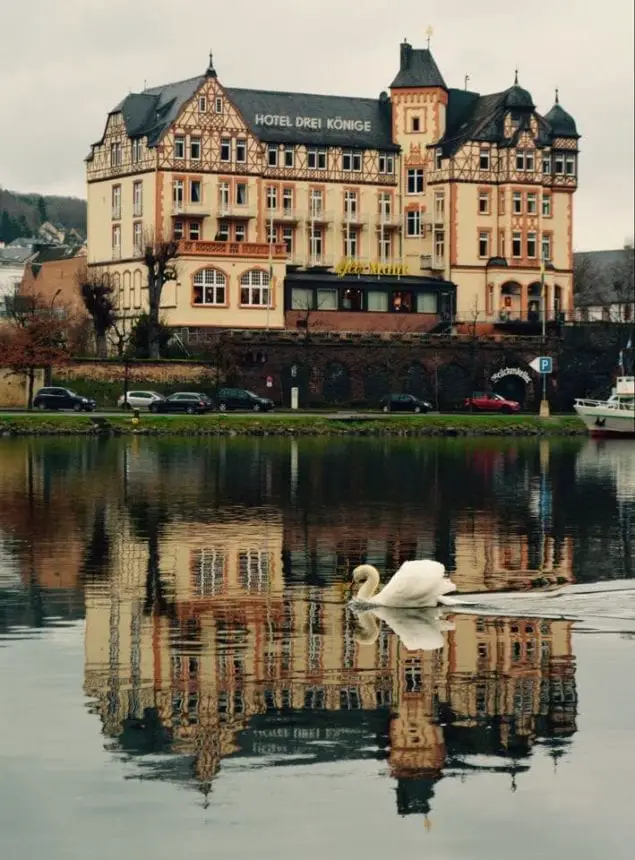
3 – Visit Traben-Trabrach
This is a stunning town in the heart of the Mosel Valley. Traben lies on one side while the old town of Trarbach can be reached by trotting across the bridge and under the decorative Bridge Gate, which was constructed in 1899. A market lies underneath the bridge for those interested in a peruse while there is also a Buddha museum! Suitable for a relaxing amble after a day of hiking/ cycling.
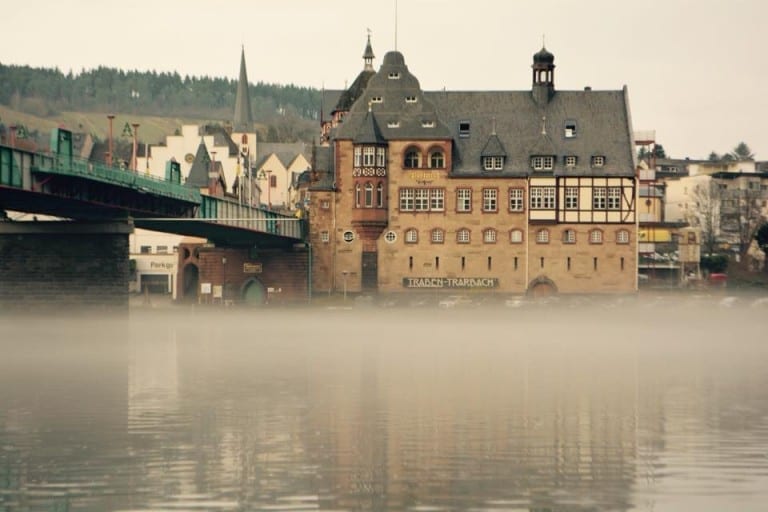
If you’re looking for some wine and castle experiences closer to home rather than making this distance to the Mosel Valley, check out our posts 10 Beautiful Castles in Düsseldorf and The Best Places for an After Work Wine in Düsseldorf.


